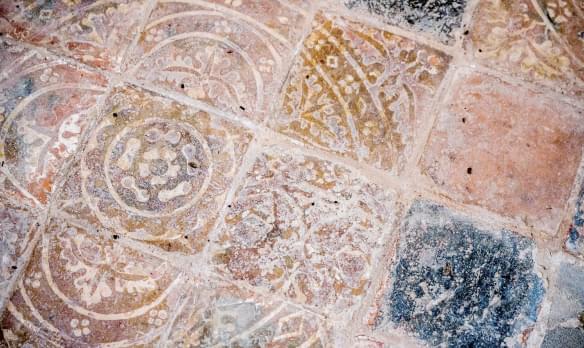
St Mark
Bestwood, Nottinghamshire | NG6 8UU
Opened in 1887 largely to serve an area developed as a consequence of the work undertaken by the Bestwood Coal and Iron Company, founded in 1872.
Search for a fascinating place to visit, or see the variety of churches, chapels and meeting houses we have supported.

Bestwood, Nottinghamshire | NG6 8UU
Opened in 1887 largely to serve an area developed as a consequence of the work undertaken by the Bestwood Coal and Iron Company, founded in 1872.
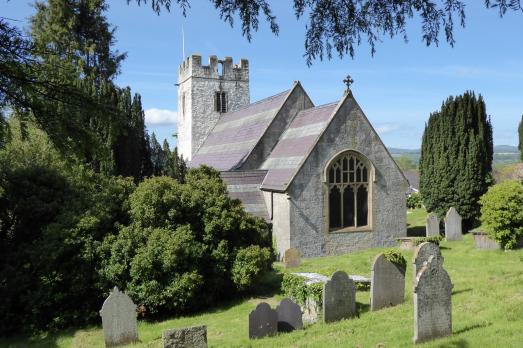
Bodfari, Denbighshire | LL16 4DA
An inspiring place of pilgrimage for centuries and visited by St Winifred en route from Holywell to Gwytherin, where she would become abbess and end her life.
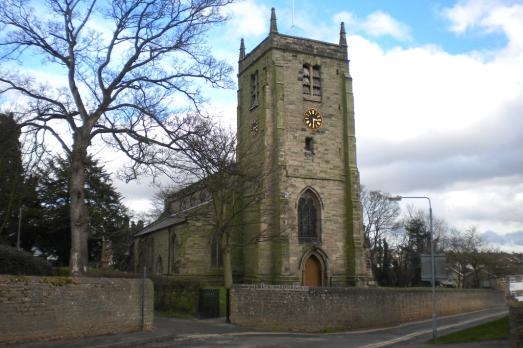
Arnold, Nottinghamshire | NG5 8HJ
A 14th century church, restored in 1868-9 by George Gilbert Scott.
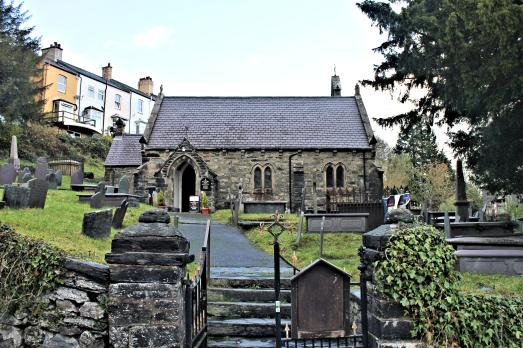
Trefriw, Clwyd | LL27 0UJ
It’s said that a church was founded here c1230 by Llywelyn Fawr, Prince of Wales, to avoid the walk to the church at Llanrhychwyn.
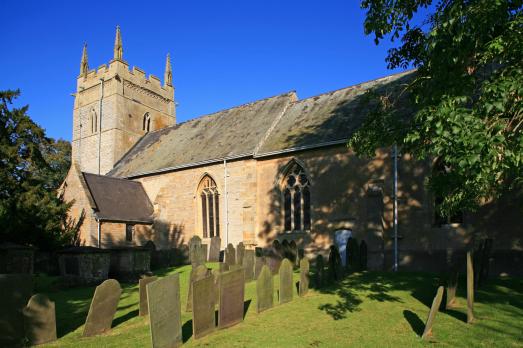
Granby, Nottinghamshire | NG13 9PY
A centrally situated village church.
We have supported this church
LLanddoged, Clwyd | LL26 0AX
St Doged’s has taken on a new role as a Pilgrim Church.
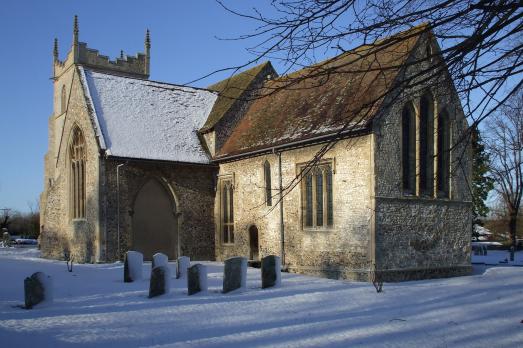
Great Wilbraham, Cambridgeshire | CB21 5AG
A 12th century church.
We have supported this church

Shelford, Nottinghamshire | NG12 1EN
A church is recorded in Domesday Book in the village while there exists evidence for an older Christian heritage, visitors are welcome in the church, to enjoy its tranquillity and explore the features that illuminate its past.
We have supported this church

Gawsworth, Cheshire | SK11 9RJ
On entering the church stand for a moment and take in the excellent proportions of the building with its limestone nave built in 1430 and the chancel and tower of pink sandstone, constructed in 1480.
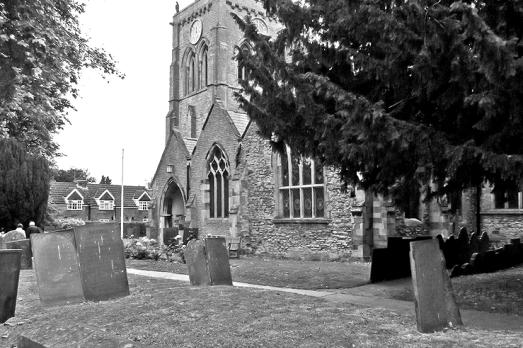
Bingham, Nottinghamshire | NG13 8AG
Beautiful 13th century limestone, cruciform church with a stunning reredos created by WD Caröe featuring of agriculture and textile working.
We have supported this church
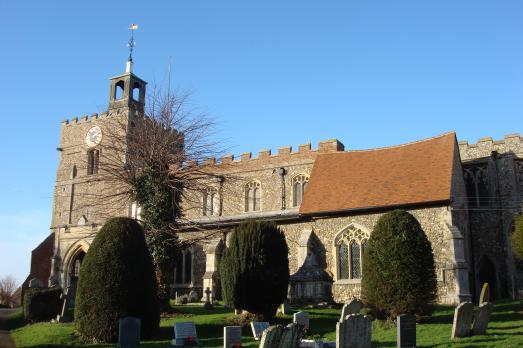
Finchingfield, Essex | CM7 4NW
The tower of Finchingfield's church looks out over one of the best loved villagescapes in England, with its duck pond, green and charming old houses having been the subject of countless photos.
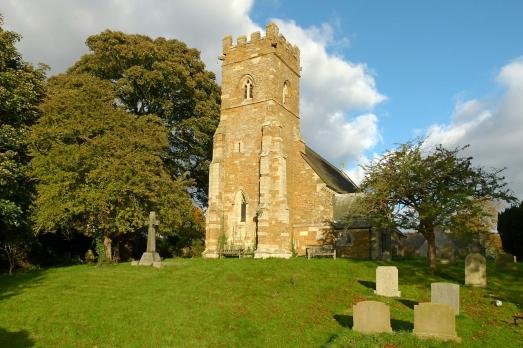
Harston, Leicestershire | NG32 1PP
The current church dates from around 1800 and is situated in secluded setting with stunning views, which are enjoyed by visitors, who spend time on the benches appreciating the countryside.
We have supported this church